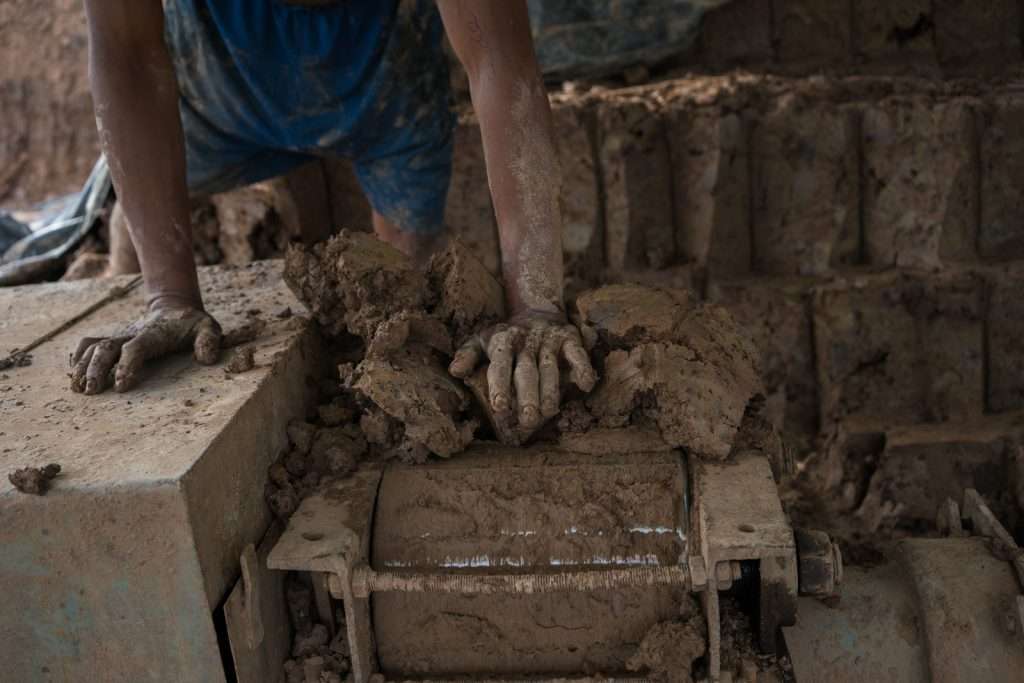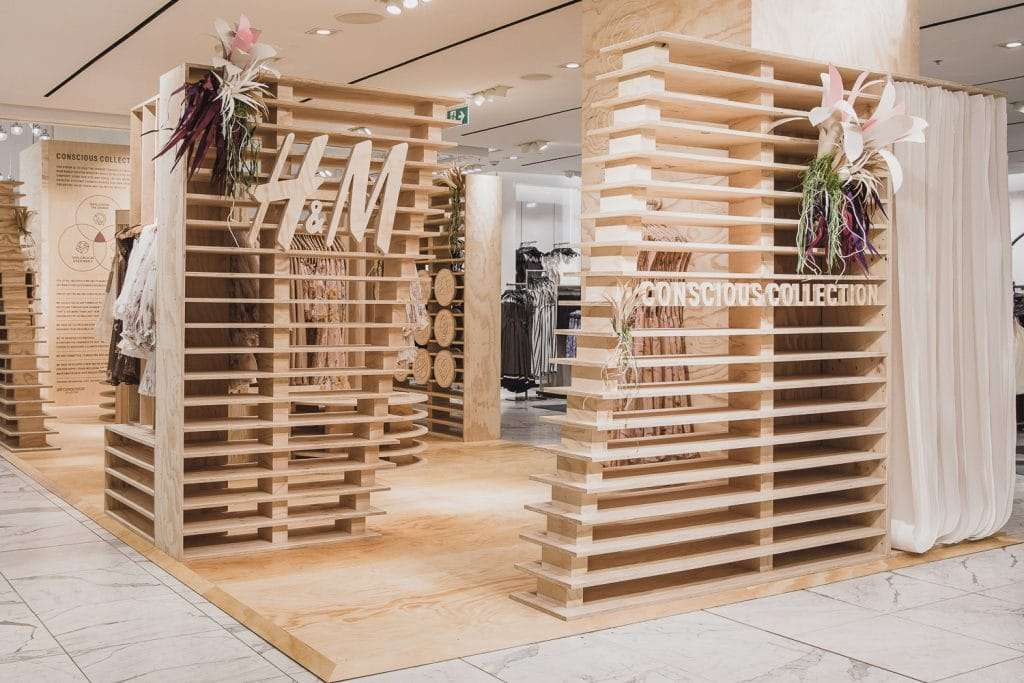Cambodia’s growth is seeing unprecedented demand for bricks. It’s a controversial industry supported by fast fashion’s waste that is fueling toxic kiln fires putting lives at risk.
It’s no secret that fast fashion has a monumental waste problem. Every year, approximately 92 million tons of garment waste end up in landfills, which contributes to the emissions of potent greenhouse gasses like methane and carbon dioxide. But not all clothes end up in the trash. Many of those that don’t, research suggests, are making their way to Phnom Penh, where they are being used to fuel Cambodia’s thriving, and controversial, brick industry, with deadly consequences.
Cambodia’s brick industry
As construction in Cambodia booms, demand for bricks is higher than ever. This has paved the way for the growth of an affluent brick industry, powered by hundreds of kilns across the capital city, Phnom Penh. The kilns are run mostly by former farmers, who, alongside their children, have been forced into the market by debt. The climate crisis and extreme heat are devastating crops across Cambodia, and this is leaving thousands of farmers and laborers with few options to repay spiraling debts. Research from Blood Bricks, an international campaign focused on the use of modern slavery in the brick kiln industry, suggests that many of these people are forced to work in the brick kilns in exchange for loans.

“Wages are very low, so many workers take years to pay back their debt-bond, or even pass it on to the next generation,” notes the Blood Bricks research team on its CrowdJustice page from 2020. “Children as young as 12 have to work on-site producing these ‘blood bricks’, even though child labor is illegal in Cambodia.” It is backbreaking work, and the kilns are dirty, dark, and extremely hot. As part of a recent investigation into the industry, one worker told the BBC: “It’s like working inside a burning prison. I have asked the owners to provide us with more fans. But they won’t because it will cost more money.”
The investigation recorded the core temperatures of 30 kiln workers and found that all of them were suffering from heat stress, with temperatures of more than 38 degrees Celsius (100.4 Fahrenheit). Some had temperatures of 40 degrees Celsius, which can lead to the often deadly heatstroke.
The link between fast fashion and Cambodia’s bricks
The brick industry in Cambodia is unsafe and exploitative. But it’s not just those who run the kilns who are propping it up. Multiple reports suggest that fast fashion giants also have a part to play in the industry. In 2022, one report by Unearthed, Greenpeace’s investigative journalism platform, revealed that off-cuts from Cambodian garment factories were helping to fuel the kilns. The off-cuts were taken from clothes made for major fast fashion brands, including Reebok, Clarks, and Nike. But it’s far from an effective waste solution. In fact, it is making life for the workers even more dangerous.

Another report by Blood Bricks, released in 2018, noted that the clothes are often made with dangerous chemicals and heavy metals. When burnt, all of this is released into the air. This likely contributes to the regular complaints of migraines, nosebleeds, and other health concerns from workers. Last month’s BBC investigation also found evidence of fast fashion scraps from brands including H&M, Clarks, and Disney. None of the brands mentioned condoned the situation, and Clarks told the BBC it has called on the Cambodian Government and other companies to work together to “eradicate this problem.”
Laurie Parsons of Royal Holloway University and Blood Bricks told the BBC that one of the big narratives that she hears repeatedly is that “we’re all in this [climate change] together. But that’s absolutely not true. Some of us are a lot more in it than others,” she said. “What we need to do is to consider how climate change impacts people through the lens of labor and inequality, and recognize that labor exploitation is a major factor in the worst impacts of climate change.”
Related on Ethos:


